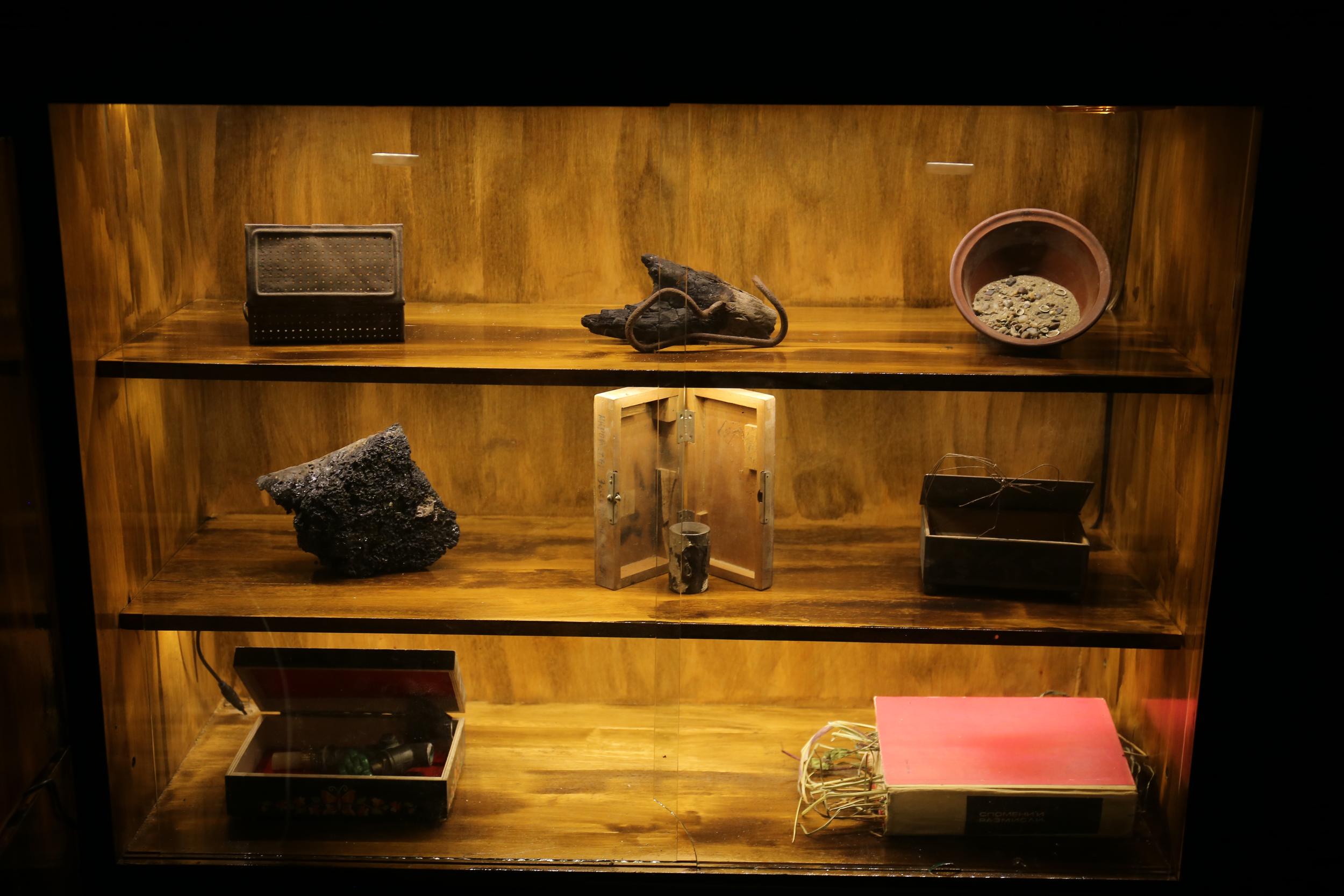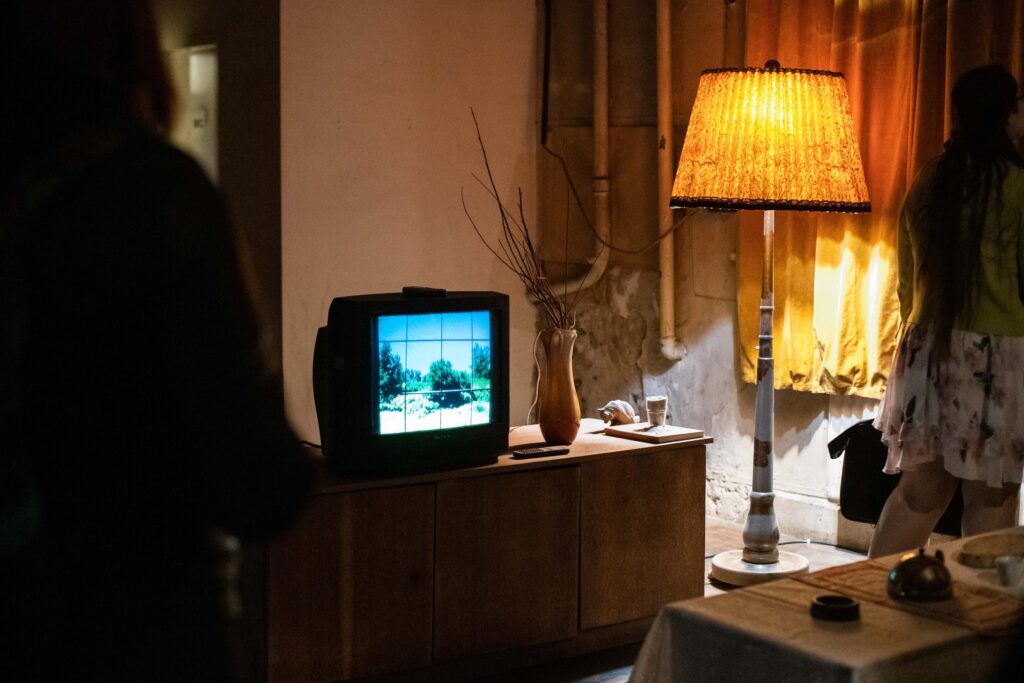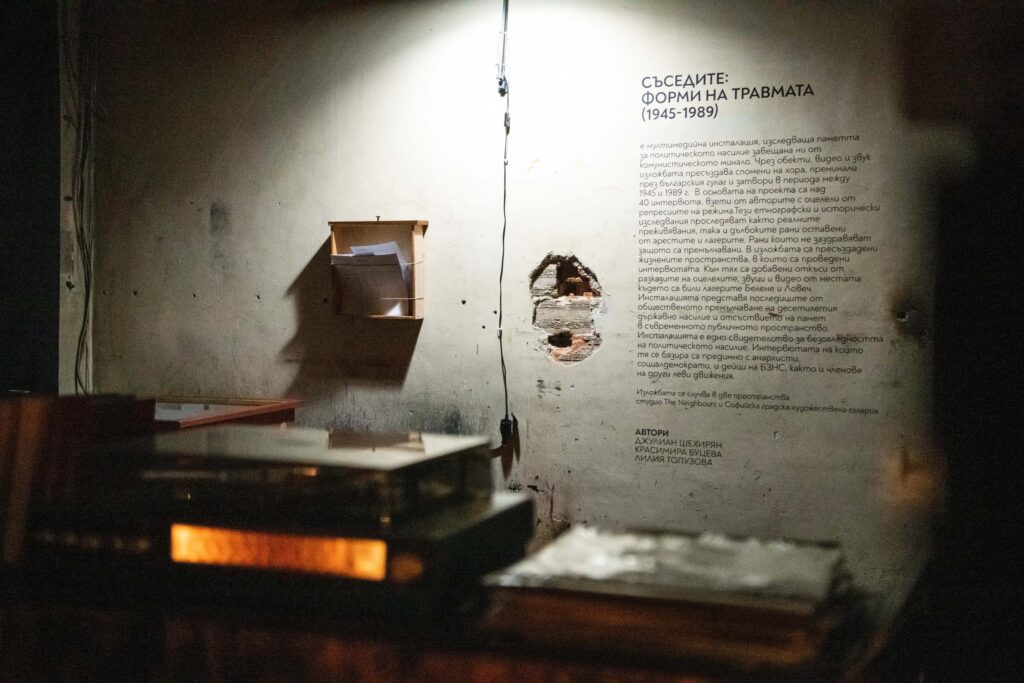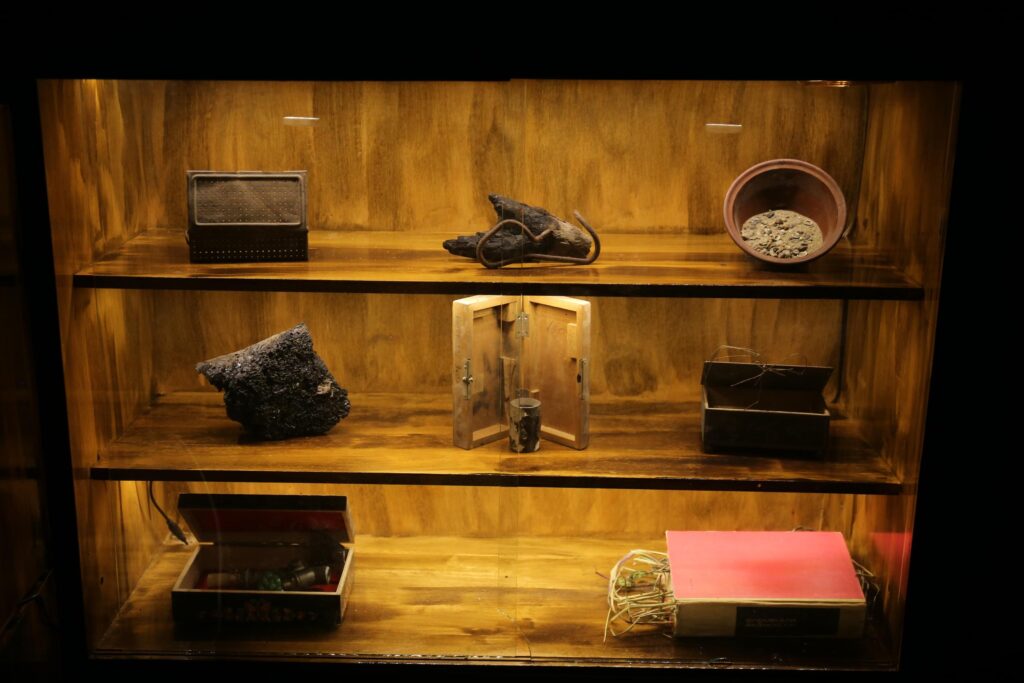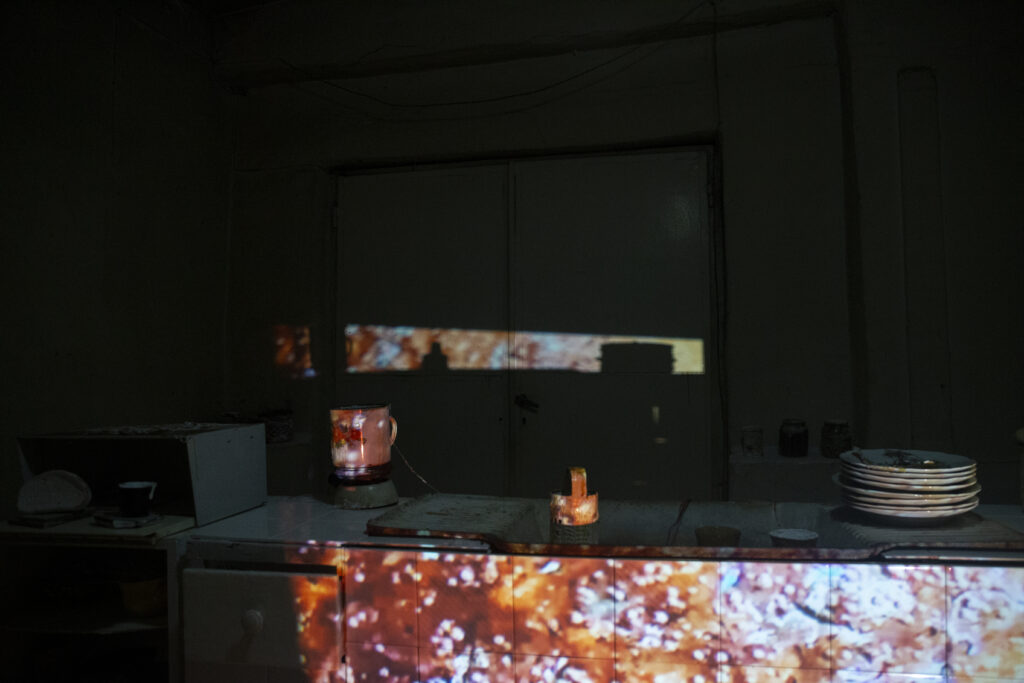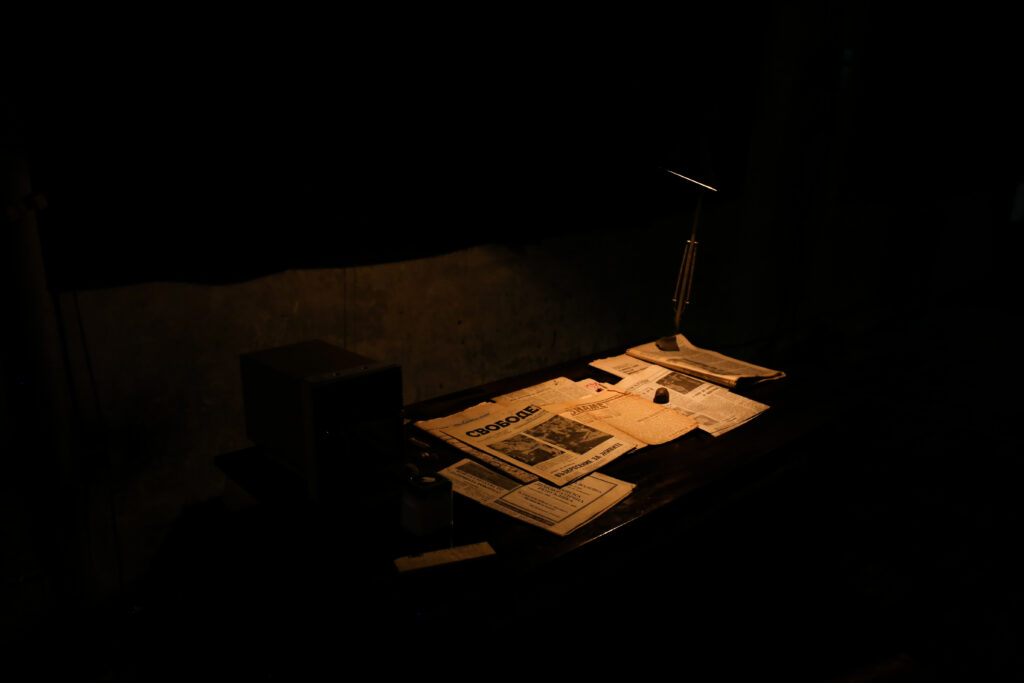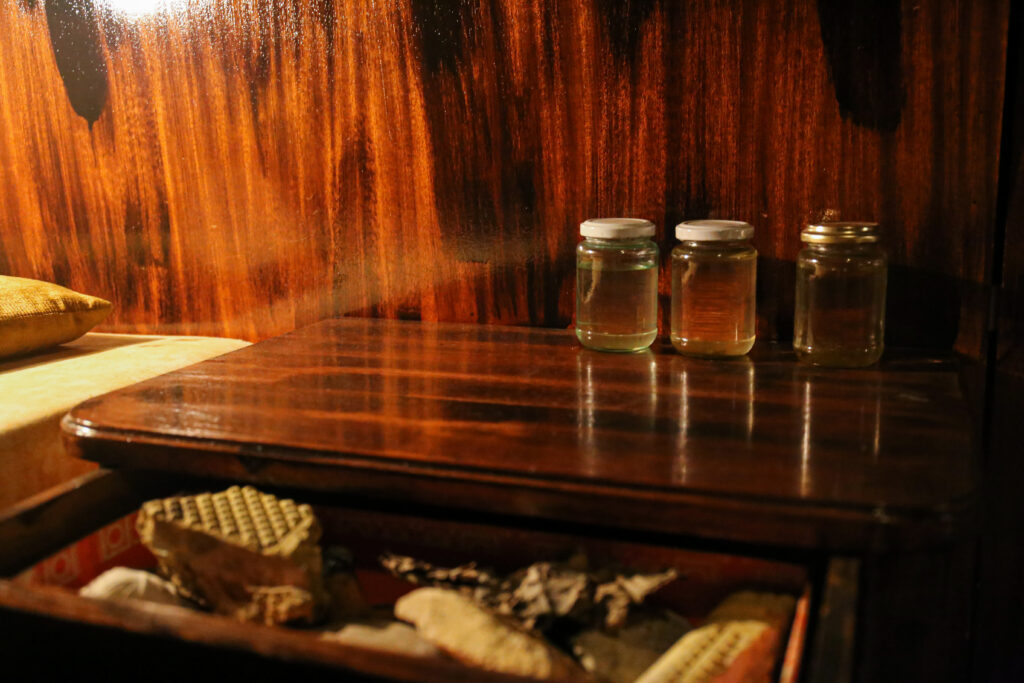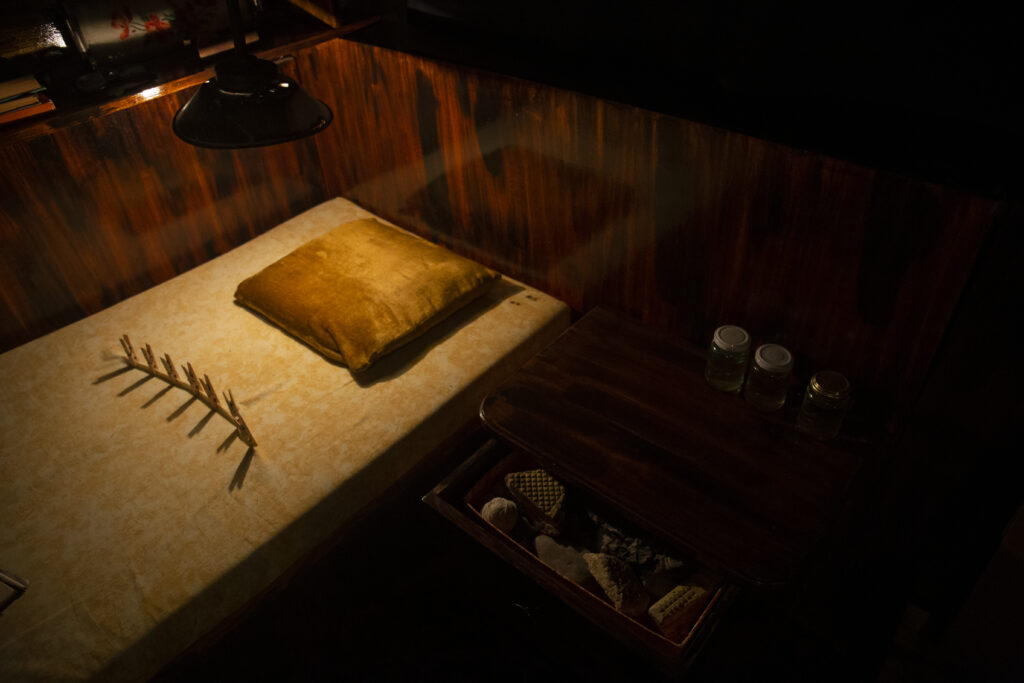The Neighbours: Forms of Trauma (1945-1989)
60th Venice Biennale, Bulgarian Pavilion (2024)
Curated by Vasil Vladimirov
Princeton University (2023)
Interdisciplinary Humanities Doctoral Program
University of Toronto (2023)
Curated by Vasil Vladimirov
Structura Gallery (2023)
Curated by Gregor Jansen (Kunsthalle Düsseldorf)
Studio the Neighbours / Sofia City Gallery (2022)
Curated by Vessela Nozharova / Krasimir Iliev
